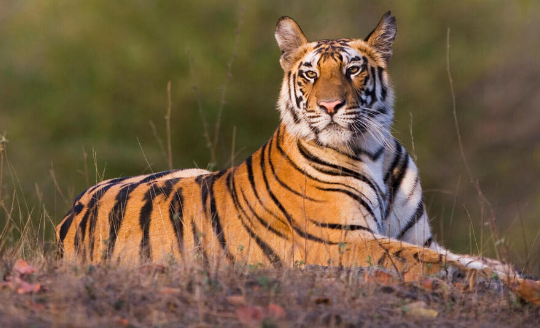Real Bengal Tigers: Guardians of the Jungle
The Bengal tiger, an emblem of strength and beauty, captivates wildlife enthusiasts and conservationists alike. With their striking orange coats and distinctive black stripes, these majestic creatures are not only beautiful but also play a crucial role in maintaining the health of their ecosystems. Understanding the importance of Bengal tigers is vital for their conservation and for the preservation of biodiversity.
Habitat and Range of the Bengal Tiger
Bengal tigers primarily inhabit the royal forests, mangroves, and grasslands of India, Bangladesh, Nepal, and Bhutan. These stunning felines are adaptable, thriving in both tropical and subtropical climates. However, their habitat is rapidly diminishing due to deforestation, human encroachment, and industrialization. Effective habitat preservation is essential for their survival, as it directly influences their ability to hunt and reproduce. The ongoing loss of their environment threatens not only the tigers but also the many other species that share their habitat.
Behavior and Diet of Bengal Tigers
Bengal tigers are solitary and territorial animals, typically leading a lifestyle that revolves around hunting and protecting their territory. These apex predators are known for their primarily carnivorous diet, which includes deer, wild boar, and other smaller mammals. Their hunting technique relies on stealth and strength, making them efficient hunters. Interestingly, Bengal tigers are also known for their vocalizations, employing roars, growls, and hisses to communicate with one another. Understanding their behavior and dietary needs is crucial for developing effective conservation strategies.
Conservation Efforts and Challenges
Despite being a national symbol of India and the focus of numerous conservation programs, Bengal tigers face significant challenges. The current global population is estimated to be around 2,500 individuals, and they remain classified as endangered. Ongoing threats such as poaching, habitat loss, and conflicts with humans jeopardize their survival. Increased awareness and active participation in conservation initiatives are vital. Organizations and local communities are working together to protect these magnificent animals through anti-poaching patrols, habitat restoration, and educating the public about the importance of tigers in our ecosystems.
In conclusion, the real Bengal tiger is an awe-inspiring wildlife species that plays a critical role in our natural world. By understanding their habitat, behavior, and the challenges they face, we can better appreciate these magnificent creatures and contribute to their preservation. Let’s work together to ensure that future generations can experience the beauty and majesty of the Bengal tiger. To learn more, consider visiting a wildlife sanctuary or supporting conservation efforts in your area.

